The State of MaaS: Where is it Now?
A few years ago, Mobility as a Service (MaaS) was an innovative concept proposing to integrate mobility options. But what…
A few years ago, Mobility as a Service (MaaS) was an innovative concept proposing to integrate mobility options. But what…

Deploying Automated Vehicles (AVs) is no simple feat, and this can be a particular challenge in small communities. In Grand…
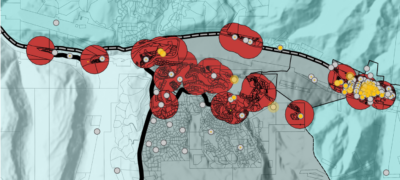
Maps are incredibly useful at visualizing data for transit planners. Unfortunately, that data can be pretty messy, and it can…
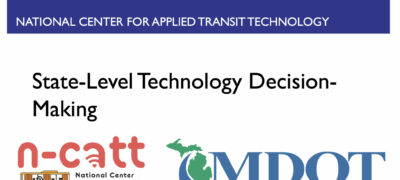
The explosion of new transit technology options can be difficult to keep up with for even the best-resourced transit agencies.…

Small transit agencies – think those without IT staff – might think they aren’t big enough targets for cybercrime. Think…

Geography and the built environment make it difficult for transit agencies to serve certain parts of their communities. Luckily, there…
What’s the buzz about bus network redesigns? This two-part webinar series equips transit practitioners with key information about bus network…
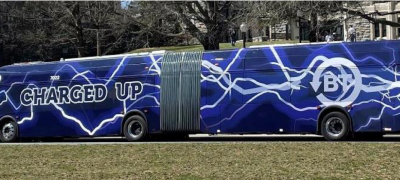
As low- and no-emission buses continue to gain market share among transit agencies, it is important for managers to develop…
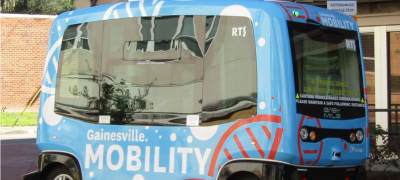
Certain technologies, such as automated vehicles, require a lot of research and development to get right. While transit agencies need…
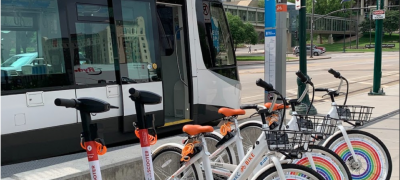
Micromobility options, especially bikeshare, have flourished in the past few years due to a number of technological advances. They represent…
Microtransit is a wide-ranging concept that can take many forms. What you hope to accomplish affects the design, or flavor,…
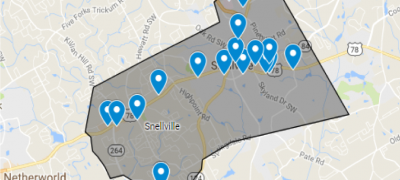
N-CATT speaks with transit agencies from neighboring counties who have pursued different microtransit projects in Georgia. We discuss their processes…